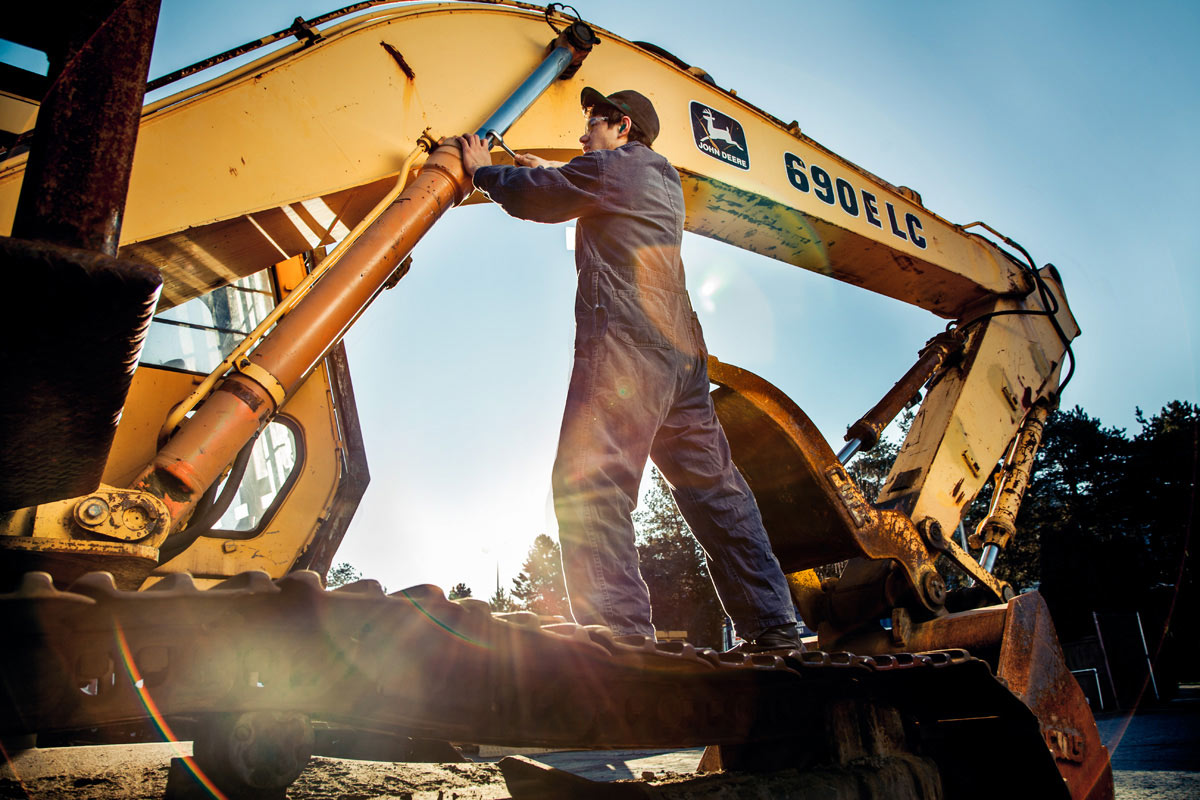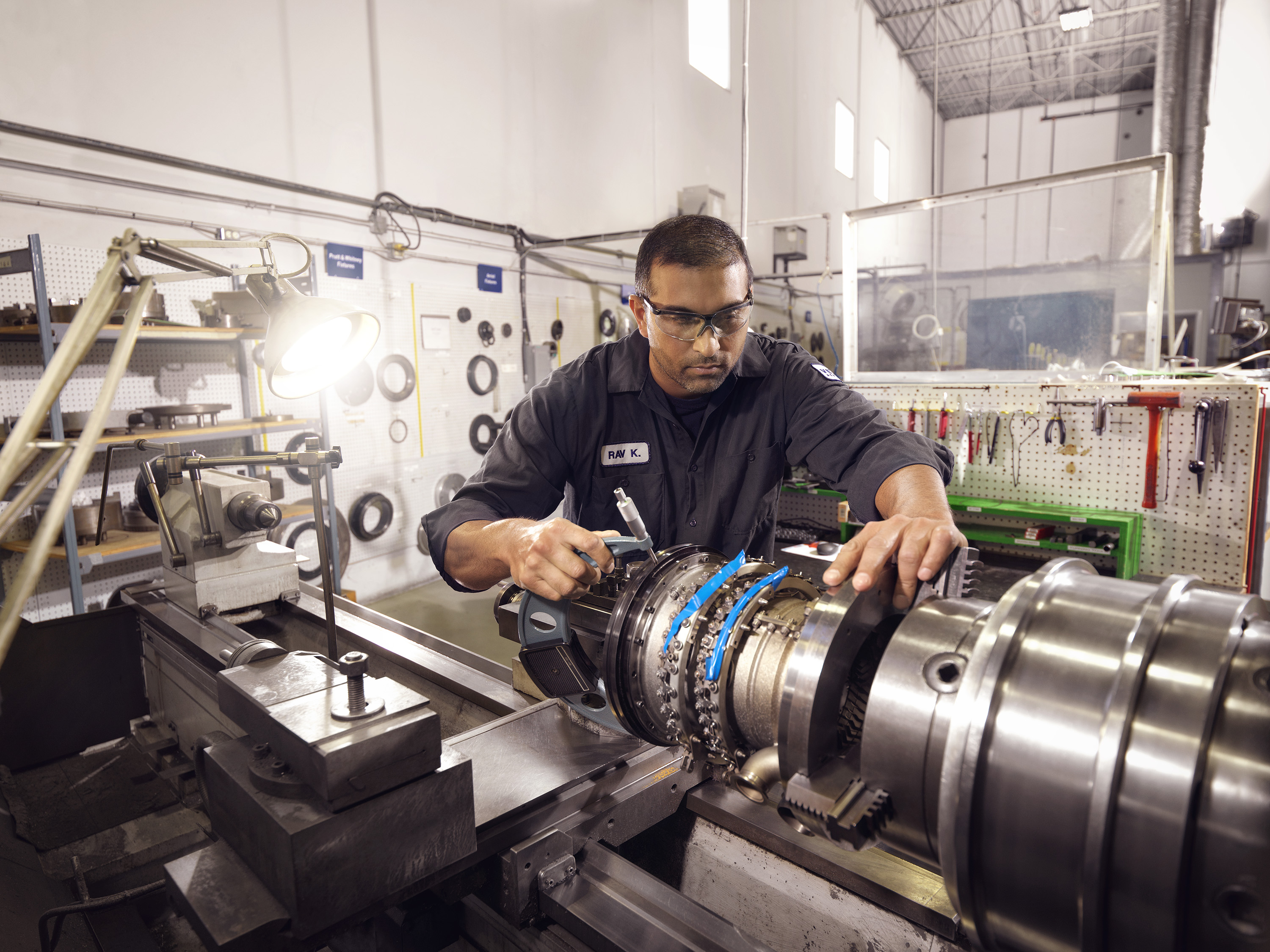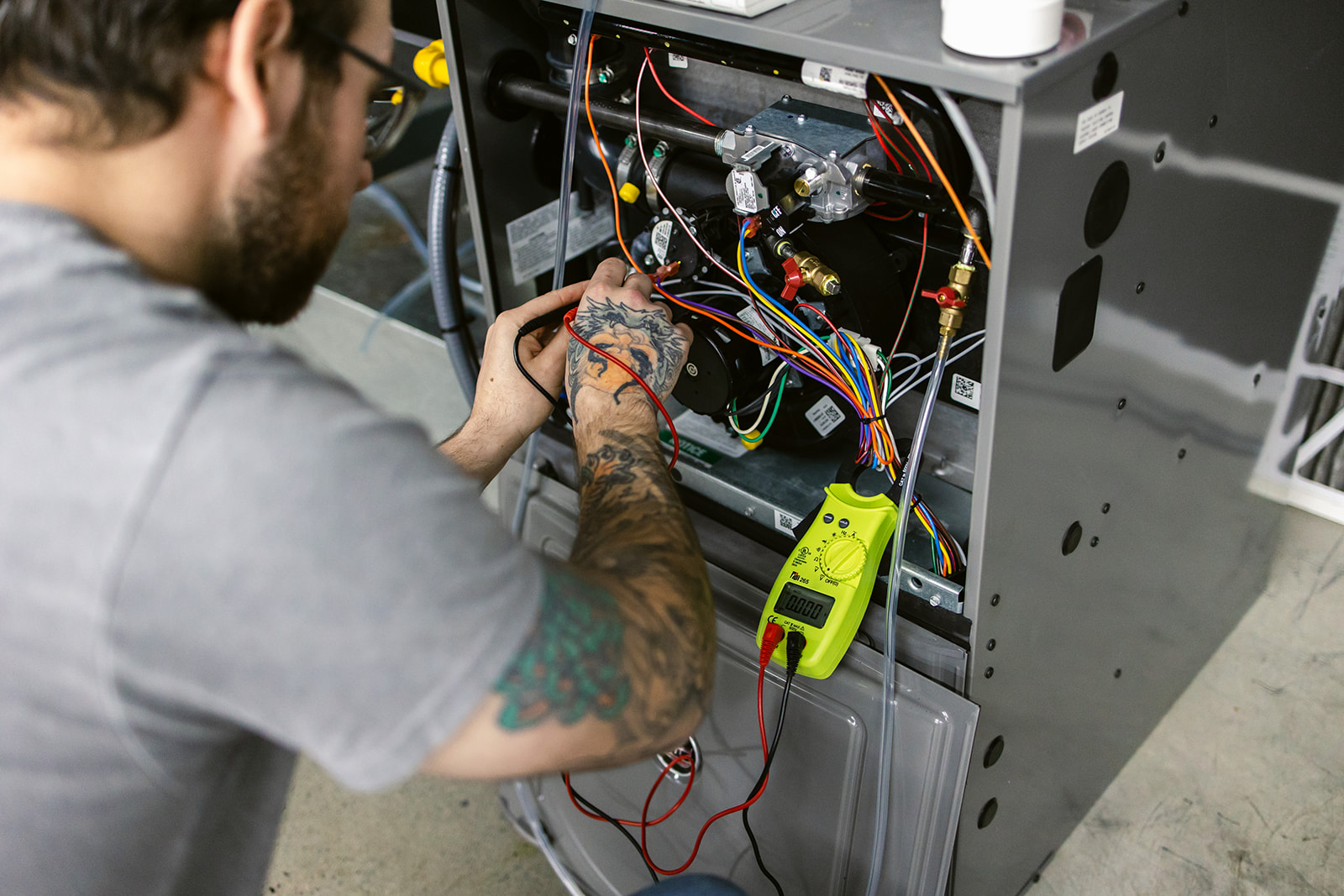Cook (Professional Cook 3) (Red Seal)
Cook (Professional Cook 3)
(Red Seal)

- How to order, organize and store food safely
- How to prepare and cook with a wide variety of ingredients
- How to experiment with different flavours and cuisines
- How to create dishes and plan menus
- How to prepare food for all sorts of customers, occasions and events
Cooks create the delicious dishes we have come to expect at restaurants. They aren’t afraid of fast-paced work—taking on the challenge of turning raw ingredients into wonderful creations.
As a Cook, you’re an artisan of food, taking dishes from concept to preparation and delivery. You’re an attentive individual, looking out for high standards in every meal you create, while showing your signature style.
You’ll be able to multi-task, shining when faced with the adrenaline rush of a tight deadline. This may be as part of a team in a small kitchen or as the lead at a large station.
For more information regarding the other levels in this progressive trade, please refer to the following program pages:
Updates
Program Updates:
March 2022: Program Update (Harmonization implementation postponed)
July 2021: Program Update (Harmonization implementation postponed)
July 2020: Program Update (Assessment Guidelines added to the Program Outline)
January 1, 2020: Program Update (Practical Assessment Document Update)
Note: A VALID FOODSAFE Level 1 Certification or equivalent is a pre-requisite to challenge this certification.
Professional Cook 3 Indigenous Content (PC3IC)
The Professional Cook 3 Indigenous Content (PC3IC) program outline was developed to introduce Indigenous culture through food gathering and preparation, and to bring back traditional knowledge. This program was designed so that apprentices can complete the level of apprenticeship training while learning the Indigenous culture from their specific area.
It is important to note that with respect to cultural and regional differences, Indigenous content may be adapted, but only with the recipes or regional ingredients. The context of the Indigenous content in the program outline must be followed as set forth.
Practical Assessment Information
As of January 1, 2020, all training providers are expected to use updated Practical Assessment documents that are dated January 2020; all previous documents are no longer relevant.
Details of the assessment criteria are contained within the Cook Assessment General Information package. Candidates can view the practical assessment preparation package for Menu A, Menu B, and Menu C.
Please note that there is a fee attached to the practical assessment for challengers and re-assessment for apprentices which is set by the training provider conducting the assessment and may range between $350-$500. A list of assessment venues is sent to you with your approval to challenge.
Program Information
AND RESOURCES
Program Information
AND RESOURCES
Exam Information
And Resources
Interprovincial Red Seal Exam
Updates:
- June 2022: Program Update (2019 Red Seal Occupational Standard (RSOS))
- A Comparative Analysis detailing changes between the 2011 National Occupational Analysis (NOA), the 2015 NOA, and the 2019 RSOS can be found here.
Information:
Challenge the
trade
Challenge the
trade
If you have significant work experience in a trade but have never been certified in Canada, you may apply to challenge the certification. Learn more about How to Challenge a Skilled Trade.
OR
If you sponsor apprentices but have never been certified in Canada, you may request to supervise and sign-off apprentices when they are ready to be certified. Please refer to the application form on whether this trade qualifies.
Instructions
How to Apply
Application Form
Personal information and exams scheduling information (for challenge option)
Employer Declaration
Document of relevant work experience
Statutory Declaration
Attestation for self-employment/work experience when employer cannot be contacted
- Active listening and monitoring
- Coordination and time management
- Menu planning, ordering and inventory
- Cost management and front-of-house procedures
- Preparing stocks, soups, sauces, meats, baked goods, desserts and beverages
To get certified, you will need to sign up for technical training at an approved training provider in addition to on-the-job training.
Visit Trades Training BC and EducationPlannerBC for a comprehensive list of what programs are available in your trade at public and non-public schools.
For a list of all approved non-public training providers, visit this page.







